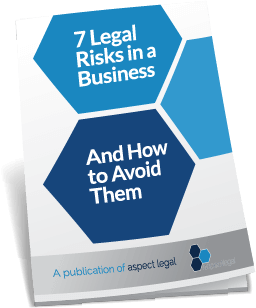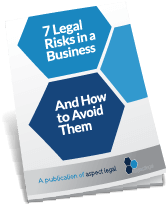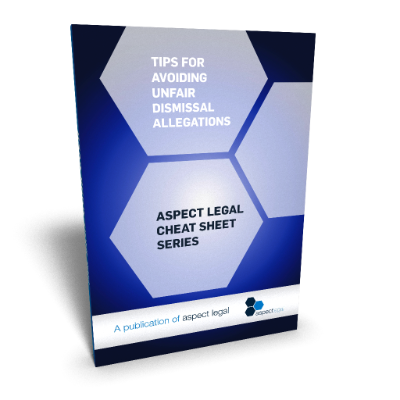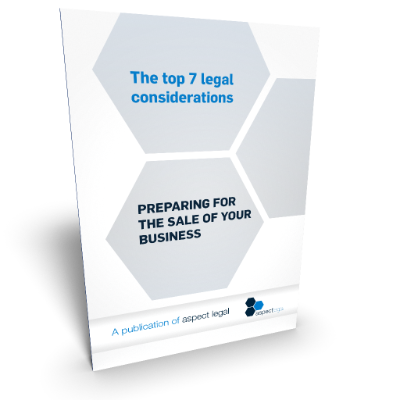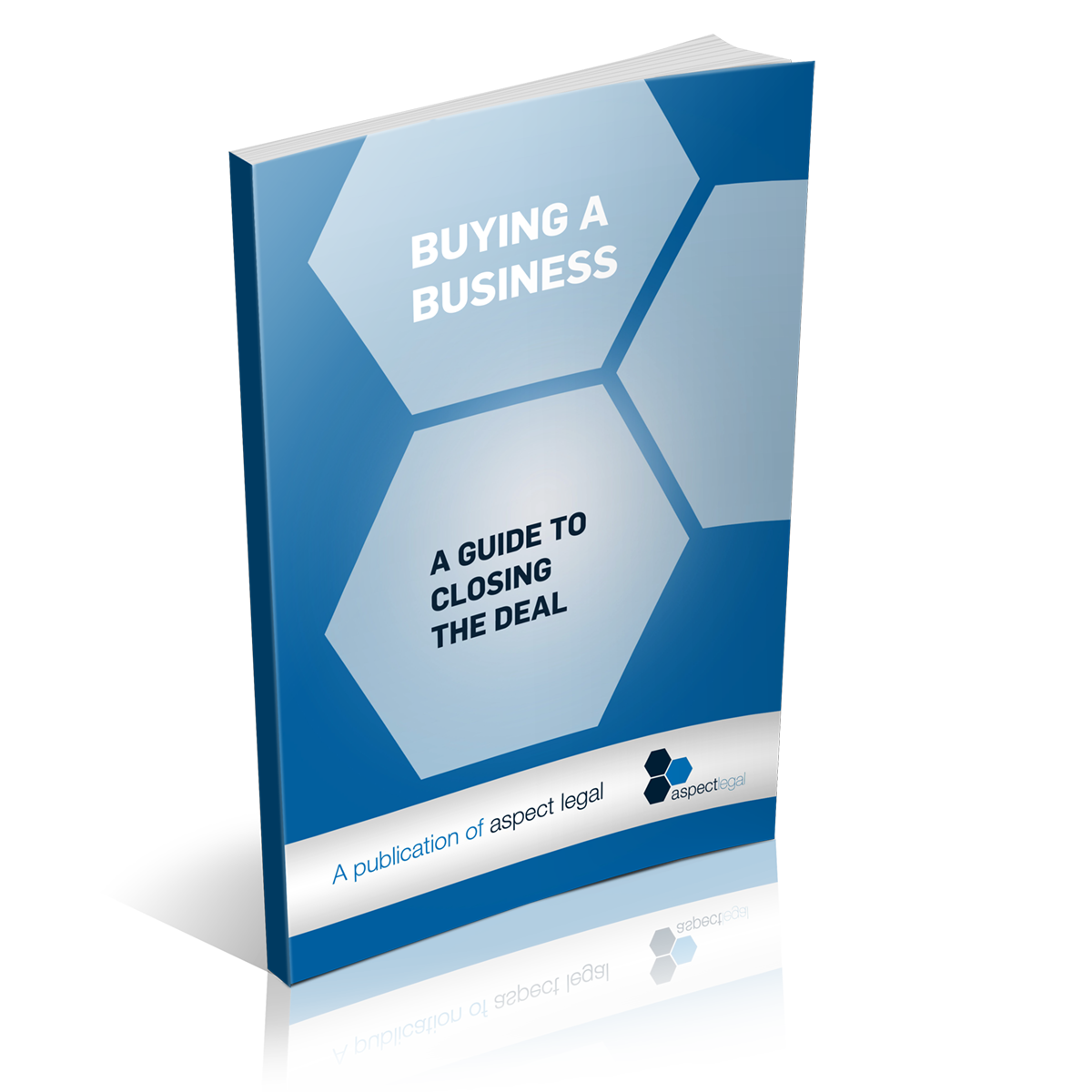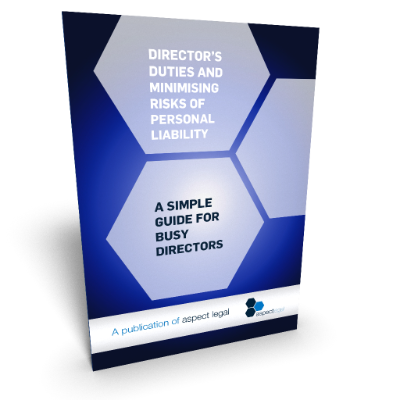In this first article in the series, we are starting with a brief overview of insurances.
What insurance do you really need your suppliers to be holding, and what is overkill – and possibly costing you more for your goods or services in the long run?
If something goes wrong with the relationship with your supplier (or with the goods or services they supply) you may have protections in your contract for you – but even your contract rights may be next to useless if your supplier can’t pay. Are you sure your supplier will have the financial backing to withstand a large damage claim if the worst happens, and an event occurs in which you need to invoke these fabulous liability and indemnity clauses in your agreements?
On the other hand, requiring unnecessary insurance, or insurance for risks that are remote or of low value, may result in a higher and unnecessary cost for you.
So the end answer is all about finding the right balance – which first requires that you understand what tradeoffs you are making.
What do each of the common insurances actually cover?
Public Liability Insurance
This is insurance covers claims relating to the supplier’s negligent acts or omissions which have caused personal injury to third parties, or loss or damage to third party property.
This type of insurance is particularly important where you engage the supplier to provide a good or service that interfaces with the general public or your clients – or anything else in which there is a potential for personal injury or property damage liabilities.
Product Liability Insurance
This is insurance cover for legal liability relating to a defective product that causes personal injury, property damage, or other losses.
Professional Indemnity Insurance
Insurance cover for the legal liability a supplier may have for losses incurred as a result of relying on the supplier’s incorrect advice.
How do I determine what kind of insurances my suppliers should be required to hold?
A key issue in contracting with suppliers is determining what insurances you should be requiring of your suppliers, and to what level. There is no hard and fast answer to this question because it depends on the value of the risks that each particular contract poses. Remember also that sometimes the value of the contract has no bearing on the risks that the contract holds. A small wire that holds together a multi million dollar product may have a contract price of 5c but a risk value of millions of dollars. So using a contract value sliding scale for deciding on the insurance value you require could be a very risky strategy.
So instead of simply using a cookie cutter or cut and paste approach to your insurance value clauses, instead take the time to do some a quick risk evaluation. Here is a quick review process you can use:
1. List all the major contract risks.
This sounds obvious, but so rarely is done. Just jot down what the risks are. For example, is there a risk of loss or damage to third party property due to the actions of your supplier? Do you risk loss due to the advice that your supplier is providing to you?
2. Consider which of these risks can be insured against.
In the example above, public liability insurance could be taken out in respect of the first risk, and professional indemnity insurance in respect of the second.
3. Decide who should hold the liability and the insurance.
Often this will be the party that is best able to manage that risk.
4. Decide how much insurance you require
You can do this by reference to how much liability the supplier has under the agreement. how big is the risk? There are some fancy tools out there for calculating this sort of thing, but however you do it, at least put some thought into what level or risk you are running. After that evaluation, it should be much easier for you to judge which risks are large enough to require insurance cover, and which aren’t.
Some tips to keep in mind
– Get familiar with your own insurance policies. Or your insurance broker! Make sure you aren’t creating a liability for your company in the contract that your insurance won’t cover, or that will in any way void or compromise your insurance cover. And make sure you comply with any requirements in your insurance policy in relation to how you draft your liability, indemnity and insurance clauses. For example, some policies are clear that a requirement of the insurance cover is that the insurer has the right to control all of the legal aspects of the defence of an action, but this may be contrary to the provisions in your supply contract.
– If your supplier has cleverly negotiated a cap on their liability under the contract, then there is no point requiring them to hold relevant insurance to a greater level than that cap (given that an insurer will only pay up to the supplier’s liability – ie the cap!)
– Make sure you get updated certificates of currency each year from your suppliers, to ensure that the insurances are renewed on an ongoing basis. Why not make it a formal part of your annual supplier reviews to have them provide you with the updated certificates, so the ball is in their court rather than yours.
– Think carefully about the period of time that you want your supplier to hold the insurance for. Remember that risk under a contract can extend well past the termination date of a contract (for example, legal action can be taken under a contract for up to 6 years after the date of a breach) so you may decide that you need your supplier to hold certain insurances for an extended period of time after termination of the contract.
– When you are considering the cost of the insurance obligation to your supplier, bear in mind that sometimes you may be able to get better, broader, higher value and/or cheaper insurance than your supplier so in some circumstances it might be appropriate to consider whether you might be better placed to take on the insurable risks in return for a price decrease.
– And finally, try to keep away from a “one size fits all” approach. Small suppliers may have far less ability to negotiate large insurance coverage than a large supplier may. As discussed above, a contract for the supply of pens deals with a completely different level of risk than a contract for high value goods that hold a high level of risk. So the insurance requirements for each of these supply relationships are therefore completely different. You may find that you are wasting a lot of your time in dealing with “pushback” from suppliers where the insurance levels you have requested are inappropriate to the relationship that you with those suppliers. So you would be well served by taking the time to do some forward thinking about the insurance levels required in each different type of general contracting situation, so you have a quick reference available to you when you are at the point of drafting each of those contracts.
And remember, insurance is only one way to mitigate risk, but its certainly not something that you should take a cut and paste approach to. Taking the time to put a little bit of thought into the major risks relating to any contract (and the applicability of insurance for those risks) will also help you to identify what risks you may also want to take some commercial action on in addition to insurance – because as they say, prevention is better than a cure!
Disclaimer: The material contained on this website is provided for general information purposes only and does not constitute legal advice. You should not depend upon any information appearing on this website without seeking legal advice. We do not guarantee that the contents of this website will be accurate, complete or up-to-date.
